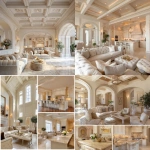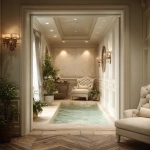Explore the Best AI Image Gallery
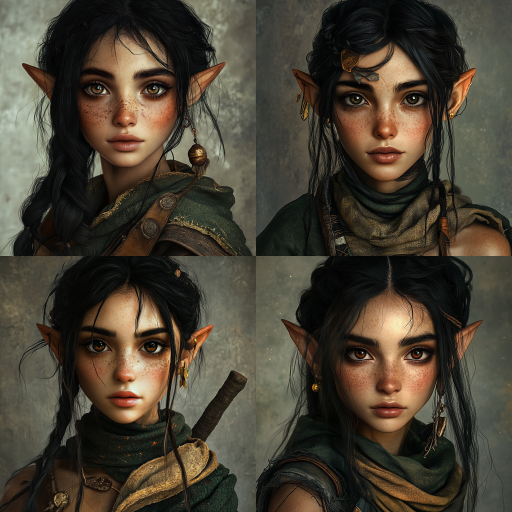
The Future of AI-Generated Visual Content: Transforming the Creative Landscape
Artificial Intelligence (AI) is profoundly changing the realms of creativity and visual artistry. With the rapid development of AI-generated visual content, we are witnessing a shift in how art is created, consumed, and valued. This article delves into the various facets of AI-generated visuals, examining their impact on the creative industry, potential applications, ethical implications, and what the future may hold.
The Rise of AI in the Creative Industry
AI-generated visual content is not merely a gimmick; it represents a significant development in how we perceive creativity. Tools such as DeepArt, Artbreeder, and OpenAI's DALL-E enable users to generate unique images from simple textual prompts or by remixing existing works. These platforms allow creators and non-creators alike to produce visually stunning images with minimal effort, thereby democratizing the art-making process.
Potential Uses of AI-Generated Visuals
AI-generated visuals are being utilized across various sectors, including:
- Advertising: Brands use AI-generated images in campaigns for social media and online advertisements, enabling them to quickly produce tailor-made visuals that resonate with their audience.
- Game Design: In video game development, AI can assist in creating landscapes, characters, and animations, speeding up the production process while allowing for greater creative experimentation.
- Fashion: Designers are employing AI to envision new clothing patterns and styles, exploring vast design possibilities that merge human creativity with computational power.
- Film and Animation: AI can produce storyboards, character designs, and even entire short films, allowing creators to visualize their ideas before full-scale production begins.
Ethical Considerations in AI-Generated Art
As beneficial as AI-generated visuals can be, they also raise significant ethical concerns:
- Attribution: The question of who owns the rights to AI-generated content is complex. Is it the software developer who created the AI model, the user who prompted it, or the AI itself?
- Originality: Critics argue whether AI can truly create original art since it learns from existing works. This poses profound questions about copyright infringement and the authenticity of AI-generated pieces.
- Job Displacement: As AI tools become more accessible, there is concern about the impact on employment in creative fields. Will artists, graphic designers, and photographers be pushed out by machines?
- Manipulation and Misinformation: AI-generated visuals can be used to create manipulative content, such as deepfakes or misleading images that can distort reality.
Future Trends: A Hybrid Creative Approach
Looking forward, one promising trend is the hybridization of AI and human creativity. Instead of viewing AI as a replacement for artists, many see it as a collaborative partner. This partnership can yield exciting, unforeseen styles and methods of expression. In upcoming years, we may witness:
- Enhanced Personalization: As AI algorithms become more sophisticated, they will better understand individual user preferences, allowing for hyper-personalized content generation.
- Interactive Art: AI could create installations that respond to the audience, allowing participants to engage with the artwork directly and fostering a sense of co-creation.
- Continuous Evolution: AI-generated visuals will likely evolve continuously, adapting to changes in culture, trends, and personal artistry, resulting in a dynamic and ever-changing art scene.
- Greater Accessibility: The proliferation of AI tools means that more people can engage with visual creation, leading to a more diverse range of voices and ideas in the art community.
Conclusion
The advent of AI-generated visual content has sparked a revolution in the creative industry. While it presents exciting opportunities and challenges, navigating the ethical landscape of AI art will be crucial. As we look towards the future, embracing a collaborative approach between human artists and AI could unlock unexplored vessels of creativity, transforming the way we conceive art and visual expression altogether.
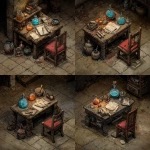
](https://images.ai-img.art/thumbnails/150/3a60737a5b67fa252207ad1ae6db245a26284f53fb5846996bb34515b39ff269.webp)
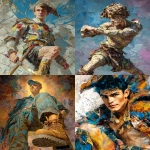
](https://images.ai-img.art/thumbnails/150/1614d64dd7156c95db952258978be809eb3db8cea4453fec69c49cbdfe63fa94.webp)
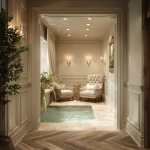
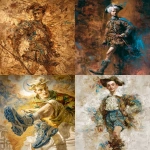
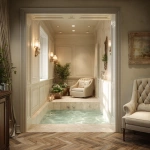

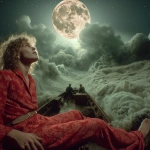
](https://images.ai-img.art/thumbnails/150/8c3bd422d50d35735d8fb33bd314a79e30e5b150129d5d09bdad822a2007593f.webp)
